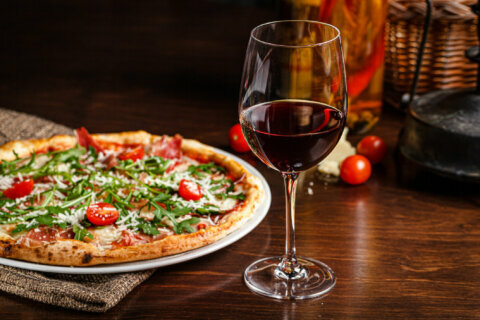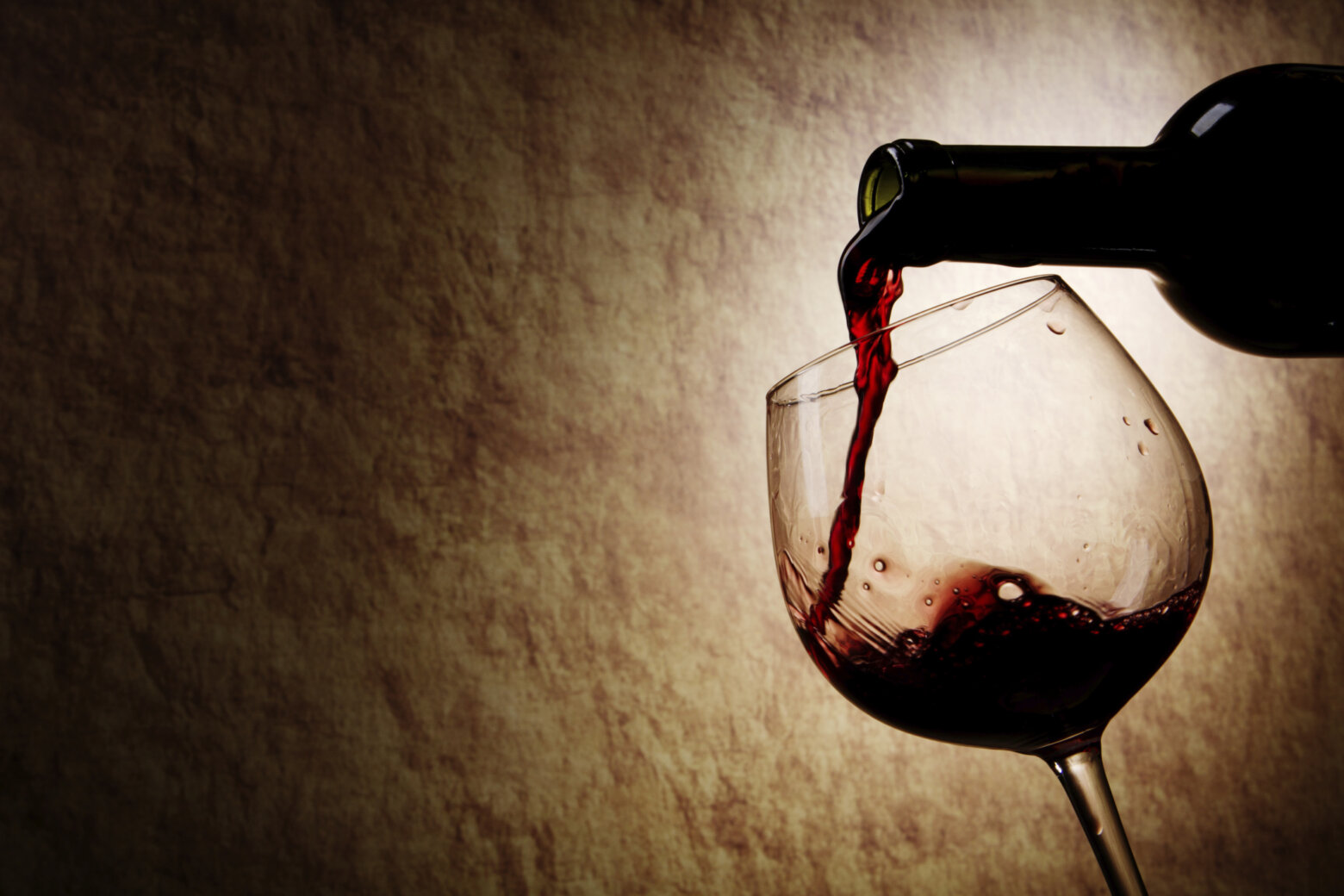WASHINGTON — From time to time I get the privilege of dedicating a column to a particular person.
They might be a luminary in the wine industry, occasionally my wife or a good friend. Today’s column is dedicated to the latter: Brian Drew, who, after 11 years at WTOP, and four serving at the editor’s desk, is heading off for an exciting new opportunity in a new city.
Over the years, Brian has been an excellent editor, a good friend and occasionally a tormentor. While he is most certainly a beer aficionado, hanging out with me oh these many years, Brian has developed a taste for wine. But he is not one to just sit back and be satisfied with the status quo of drinking traditional varietals.
No, Brian likes to push the boundaries of acceptable norms and dive deeper into what I can only describe as the avant-garde end of the wine barrel.
Brian has pushed me to review wines that he believes offers more appeal for our listeners. A cross between Edward R. Murrow and Jiminy Cricket, Brian has cajoled and pushed me to review wines that range in color, effervescence and winemaking technique.
Well Brian, in honor of your departure from the Glass Enclosed Nerve Center, I will finally review the wines that you have shown interest in over the years. Consider it my parting gift to you. And may all of your adventures be edited for a happy ending.
Today’s WTOP Wine of the Week is dedicated to Brian Drew, one last time at the editor’s desk.
While I certainly do not believe that orange wine — yes, I said orange — is a thing, Brian likes the way it sounds.
Contrary to its name, orange wine is not actually made from oranges. Rather, it is made from white wine grapes whose juice has been left in extended contact with the grape skins during fermentation. It is this extended skin contact — and a little oxidation — that gives the white wine its orange hue.
In my humble opinion, they are definitely a “somm thing” and have been on trendy wine lists across the city for a few years now, like the 2014 Naotari Khikhvi Blend from Georgia (the country, not the state). It is produced using a field blend of Khikhvi, Rkatsiteli and Kisi and is fermented in traditional qyevri (clay amphora), using only naturally occurring sulfites. Aromas of stone fruits and roasted almonds are found in the bouquet and repeated on the palate. Additional flavors of orange peel (a trick of the mind, perhaps?) and baking spices file in on the back of the bone-dry finish.
Brian is actually right on this one … the Lambrusco wines from Italy that are being imported today are not your father’s Lambrusco. The 2015 Medici Ermete Lambrusco Solo Reggiano, from the Reggio Emilia region of Italy, is a delicious sparkling dry red wine made using natural fermentation. It’s a blend of Ancellota and Lambrusco Salamino. Classic aromas of red berry fruit and strawberry aromas are prominent on the nose. The palate is full of juicy red fruit carried by tiny, precise bubbles. It is best consumed within two to four years of vintage. $20
Well, I have fought young Brian tooth and nail about covering this next wine. But as it is his last day, and I am a bit blue about that, I guess it is finally appropriate to talk about, yes, blue wine. Blanc de Bleu Cuvee Mousseux is a nonvintage sparkling wine from California made with California chardonnay wine with an added hint of blueberries. It was specifically created to celebrate memorable occasions such as bachelorette parties and weddings. It offers seductive flavors of apple and nectarine with a hint of blueberry, carried over the palate by fresh effervescence. The fruit for Blanc de Bleu is grown in Northern California. According to the website, it pairs well with appetizers, sushi and very light meals. $20
Natural wine is produced with grapes that receive little or no technological involvement in the vineyard or in the cellar. Most natural wines use grapes from organic or biodynamic vineyards and the addition of any chemicals, such as sulfites, or the practice of finning or filtering, is not allowed. Natural wines have become the latest craze in wine bars and on restaurant wine lists. The 2016 Waterkloof Circumstance chardonnay from the Stellenbosch region of South Africa is made with minimalist approach and relies on natural, wild yeast fermentation to allow a slow release of aromas. The nose features scents of wet stone, peach and nectarine. On the palate, flavors of apple, peach, nectarine and dried apricot seem well integrated with the subtle acidity. The mild tannins lead to a soft, gentle finish. Just like Brian’s exit from the glass-enclosed nerve center. $22







